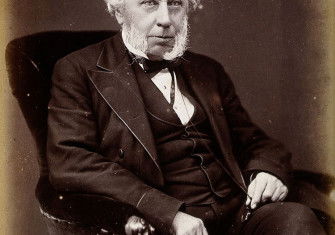The History of Dyslexia
‘Word blindness’ was a recognised condition more than a century ago. But it was not until the 1970s that it began to be accepted by the medical establishment.

Tucked away in the pages of the British Medical Journal of 7 November 1896 lies a curious little article. Sandwiched between an account of ‘Dermatitis Caused by Roentgen X Rays’ and the announcement of a Belgian Climatological Congress is a short entry by William Pringle Morgan of Seaford, Sussex: ‘A Case of Congenital Word Blindness’. Like Roentgen’s x-rays, congenital word blindness would become a household concept, but not under that name. Today, it is more commonly known as ‘dyslexia’ and is estimated to affect around seven to ten per cent of the population.







